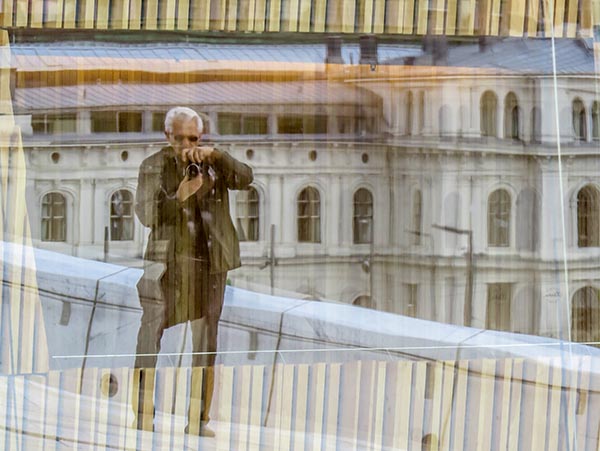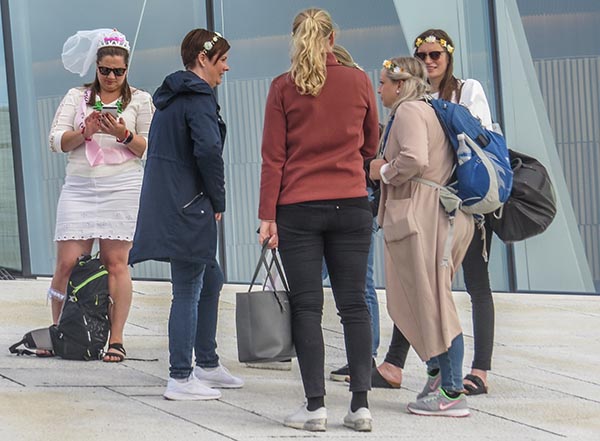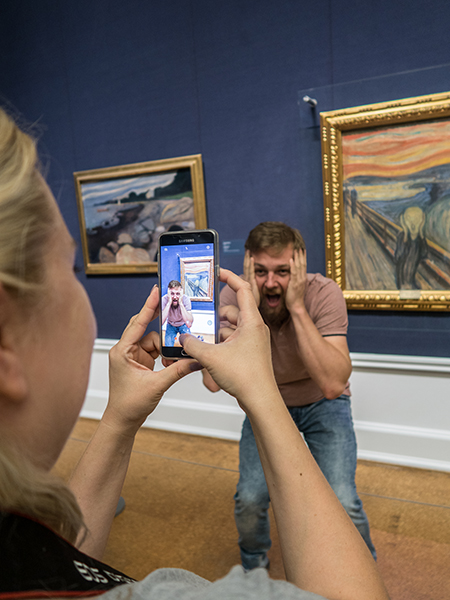I got into the mortgage business in September of 1983. Prior to this, my work experience was in engineering and management, and I had no idea what it takes to sell a product or services. It is probably a perpetual question – how does one learn to sell? Is it a gift or a skill? Since prior to the mortgage business I had ten other occupations, so I decided that I could learn selling as well. My learning tools were How-to books and motivational tapes from the Nightingale-Conant audio programs. One of the teachers from those programs was Dr. Denis Waitley. He tells a story: he was travelling on a plane during the oil crisis of 1979. Sitting next to him was an older man, who, it seemed, had an unconventional point of view on many subjects. When they parted, instead of the traditional “Have a nice day!” the man said to Denis, “Make it a great day!” If you are reading this story on Friday, December 29th, there are still a few days left to prepare your New Year’s resolutions (did you check your list from last year?).
My overall theme of what I want to happen and to accomplish in the year 2018 can be summarized by paraphrasing the man on the plane.
To make it a happy and great year!
But how can I do that? We live in a world where so much depends on outside forces. The first step is to divide the task at hand into groups or categories. Years ago, I learned about the formula FORD from one of my business coaches. It stands for Family, Occupation, Recreation, Dreams. The next step is to make a list of items in each of the categories. And then – list them in priorities. Remember – the emphasis has to be on the tasks which will make you happy. Through the years of sales training, I was taught to set a yearly monetary goal, divide it into months, weeks and calculate how many transactions (in my case, loans) I have to close to achieve my goal. To reach these goals, I had to calculate how many calls I had to make for this to happen. This strategy can definitely work. But today I ask myself a different question. What result of my activity will make me and other people HAPPY? Instead of focusing on the amount of money I’d like to earn, my Occupational goal is to make thirty clients happy by them no longer having mortgage payments as a result of refinancing their existing loan into a reverse mortgage.
A similar approach can work with other categories as well. For example, losing weight or quitting smoking converts into a feeling of happiness from feeling great and enjoying family life; or feeling great because you can fit into your old dress or pants again.
Happiness can come from just being able to accomplish your objectives. Have big dreams, but be sure you can divide them into small components. Thus your happiness can last the whole year.
P.S. The holidays are a time for gift giving. Many people gift flowers. Forbes Magazine reported that at the end of last year, “the winter holidays, Christmas and Hanukkah, accounted for the largest percentage of all holiday flower sales.” My gift to you are four roses that you cannot buy in the stores or online. Their beauty is everlasting. You can see some of these prints in my office. Feel free to stop by any time.
Enjoy and Share!
Make it a Happy New Year!
Do Not Keep Me As A Secret!
Smile And Please SHARE It With A Friend!
Cheers,






























